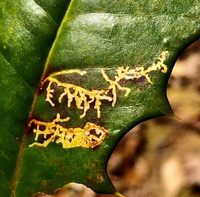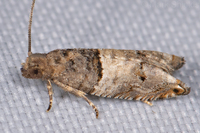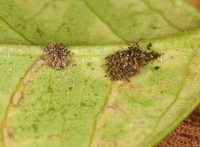
| Recorded by: Mark Basinger on 2025-11-11
Rowan Co.
Comment: | 
| Recorded by: Mark Basinger on 2025-11-09
Pender Co.
Comment: |

| Recorded by: Mark Basinger, Steve Hall, and Gary Perlmutter on 2025-11-07
Richmond Co.
Comment: | 
| Recorded by: Dean Furbish on 2025-10-20
Pender Co.
Comment: |
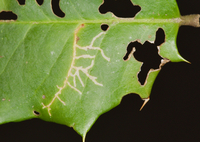
| Recorded by: Jim Petranka and Becky Elkin on 2025-10-11
Madison Co.
Comment: | 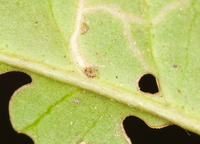
| Recorded by: Jim Petranka and Becky Elkin on 2025-10-11
Madison Co.
Comment: |
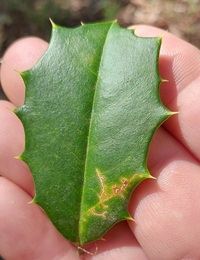
| Recorded by: Mark Basinger on 2025-10-03
Anson Co.
Comment: | 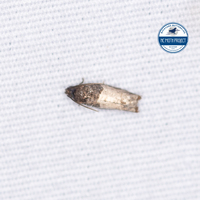
| Recorded by: Lior S. Carlson, Dean Furbish on 2025-06-18
Alamance Co.
Comment: |
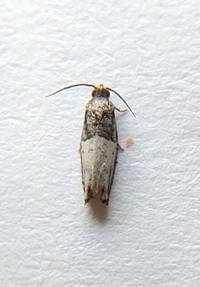
| Recorded by: Mark Basinger on 2025-06-03
Brunswick Co.
Comment: | 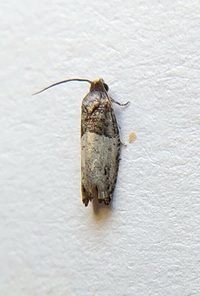
| Recorded by: Mark Basinger on 2025-06-03
Brunswick Co.
Comment: |

| Recorded by: Mark Shields on 2025-04-04
Onslow Co.
Comment: | 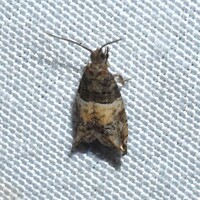
| Recorded by: Jeff Niznik, Larry Chen on 2025-04-02
Orange Co.
Comment: |

| Recorded by: Mark Basinger on 2025-03-27
Brunswick Co.
Comment: | 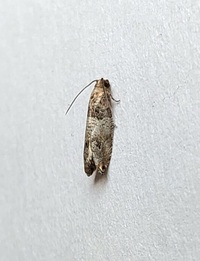
| Recorded by: Mark Basinger on 2025-03-27
Brunswick Co.
Comment: |
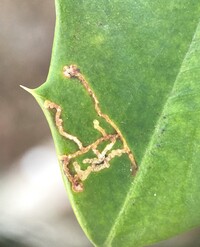
| Recorded by: Dean Furbish on 2025-03-11
Orange Co.
Comment: | 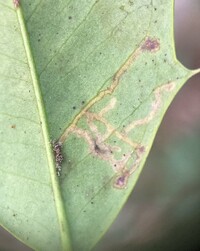
| Recorded by: Dean Furbish on 2025-03-11
Orange Co.
Comment: |

| Recorded by: Mark Basinger on 2025-02-04
Edgecombe Co.
Comment: | 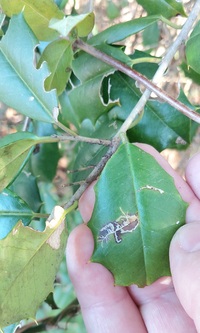
| Recorded by: Mark Basinger on 2025-02-04
Martin Co.
Comment: |
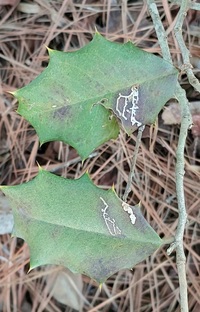
| Recorded by: Mark Basinger on 2025-02-04
Washington Co.
Comment: | 
| Recorded by: Mark Basinger and Scott Salger on 2025-01-25
Wake Co.
Comment: |

| Recorded by: Mark Basinger on 2025-01-20
Greene Co.
Comment: | 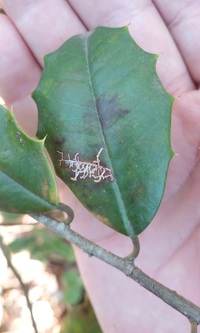
| Recorded by: Mark Basinger on 2025-01-20
Pitt Co.
Comment: |

| Recorded by: Mark Basinger on 2025-01-20
Wilson Co.
Comment: | 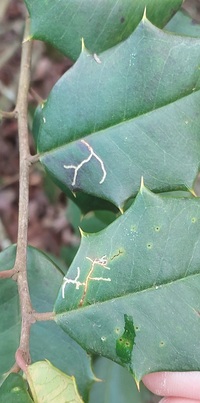
| Recorded by: Mark Basinger on 2025-01-19
Randolph Co.
Comment: |
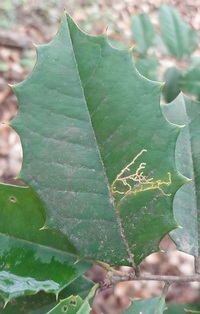
| Recorded by: Mark Basinger on 2025-01-18
Cabarrus Co.
Comment: | 
| Recorded by: Mark Basinger on 2025-01-18
Davidson Co.
Comment: |
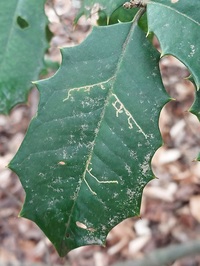
| Recorded by: Mark Basinger on 2025-01-18
Davidson Co.
Comment: | 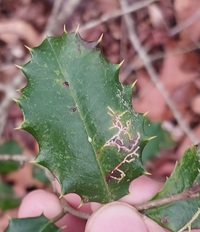
| Recorded by: Mark Basinger on 2025-01-18
Montgomery Co.
Comment: |
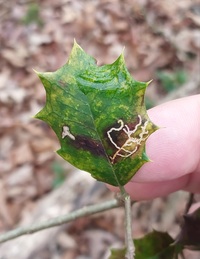
| Recorded by: Mark Basinger on 2025-01-18
Rowan Co.
Comment: | 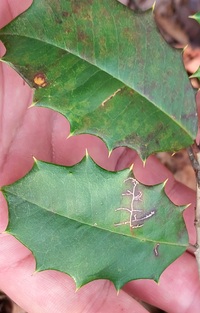
| Recorded by: Mark Basinger on 2025-01-18
Stanly Co.
Comment: |
|

 »
»
